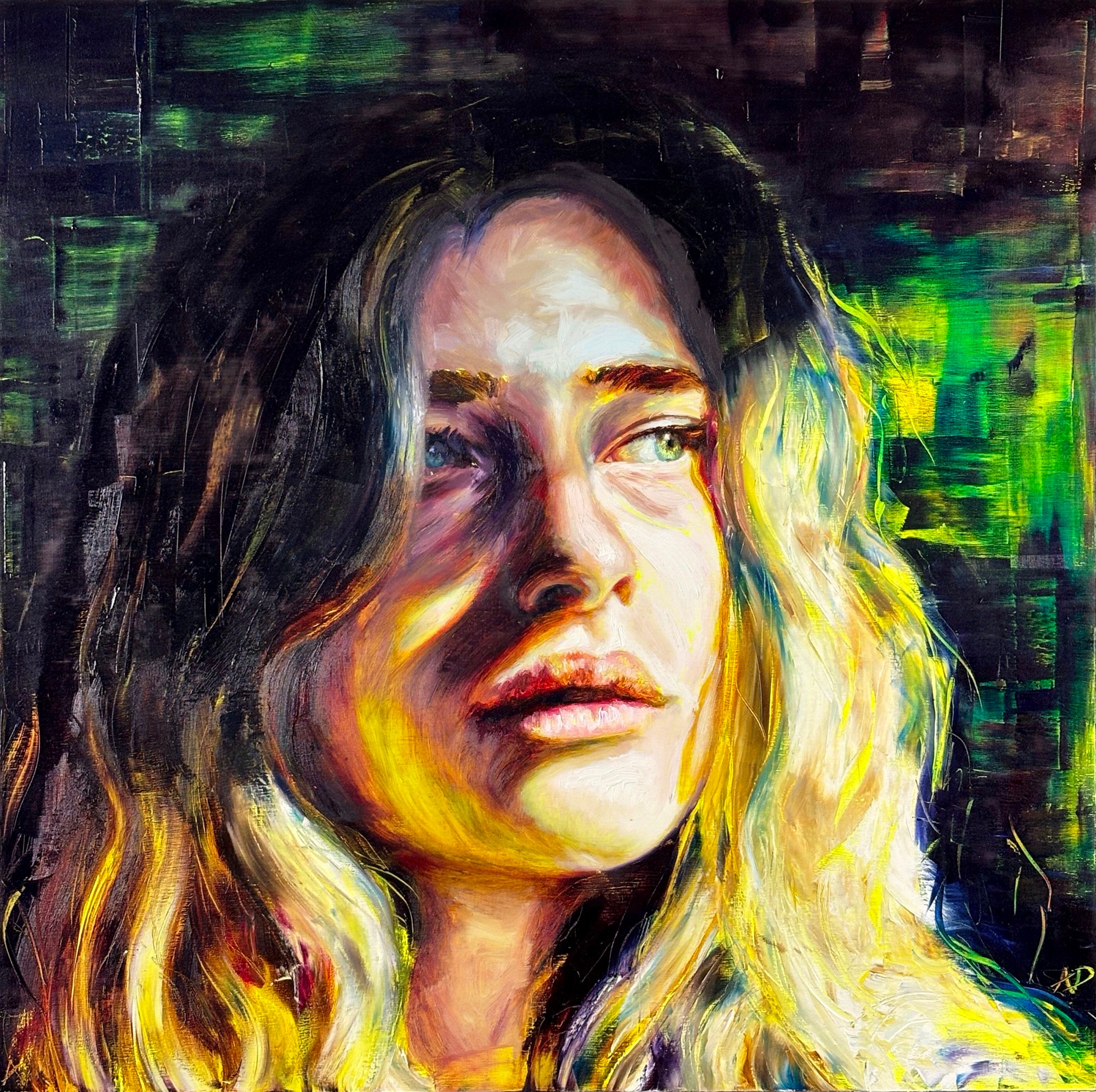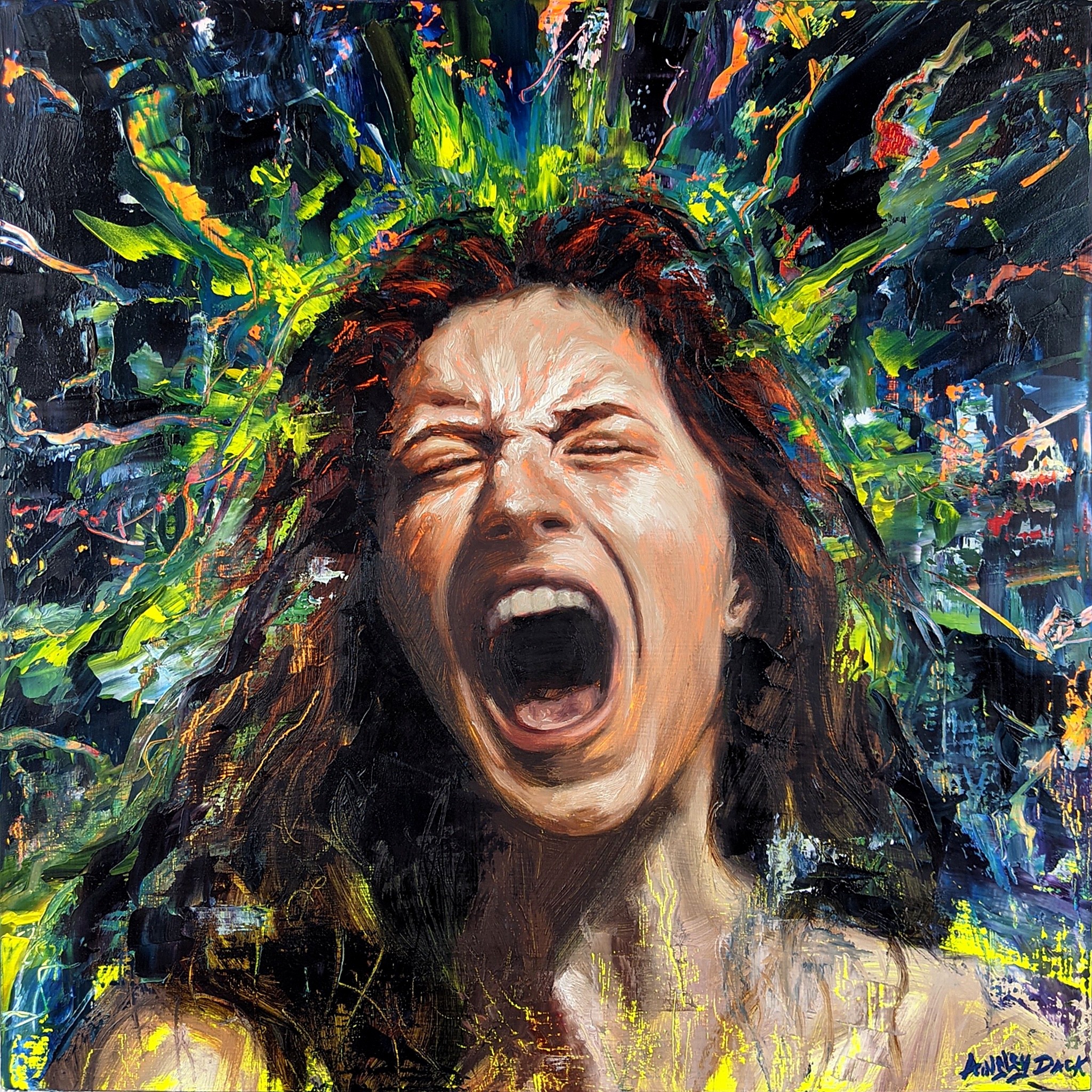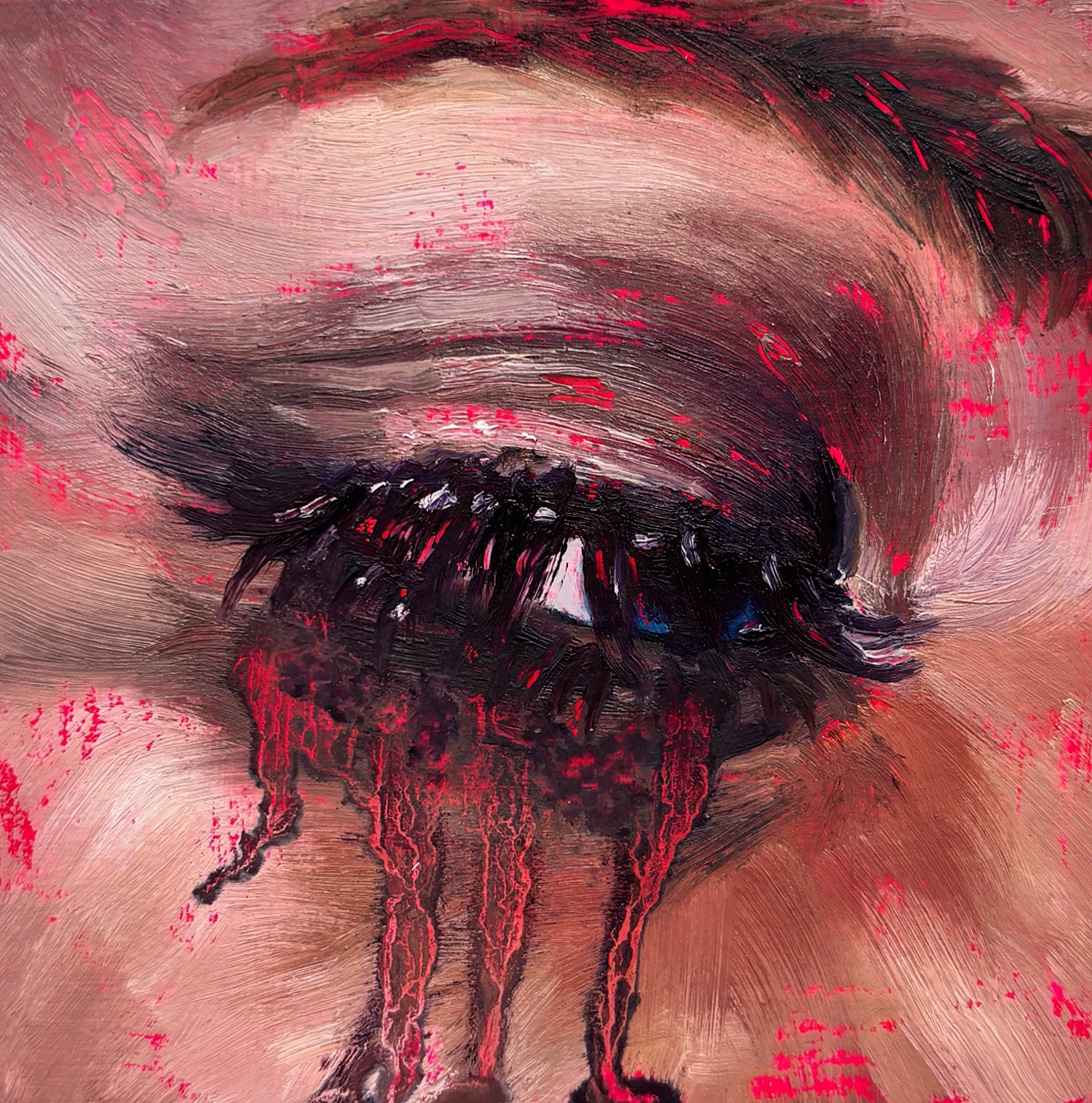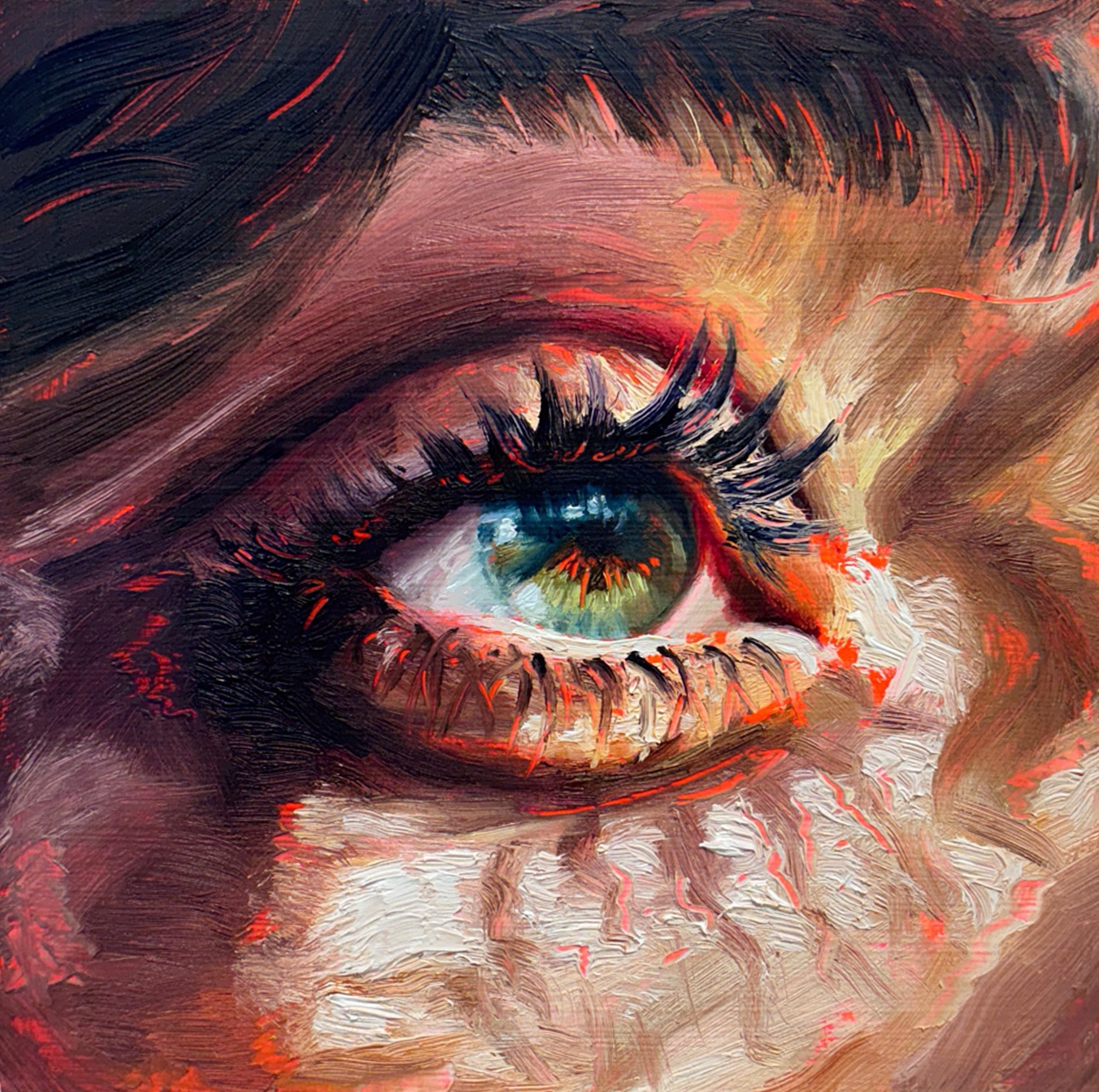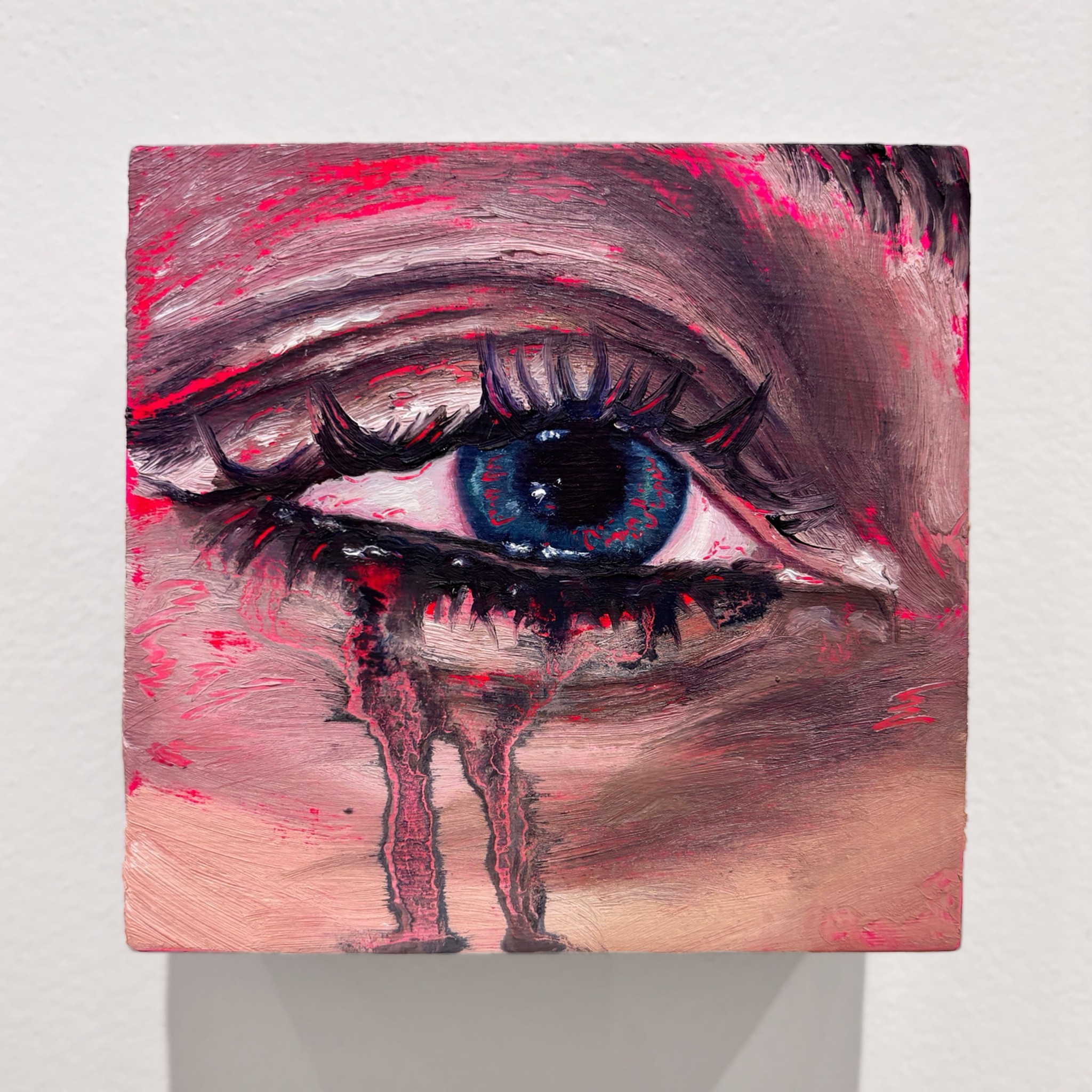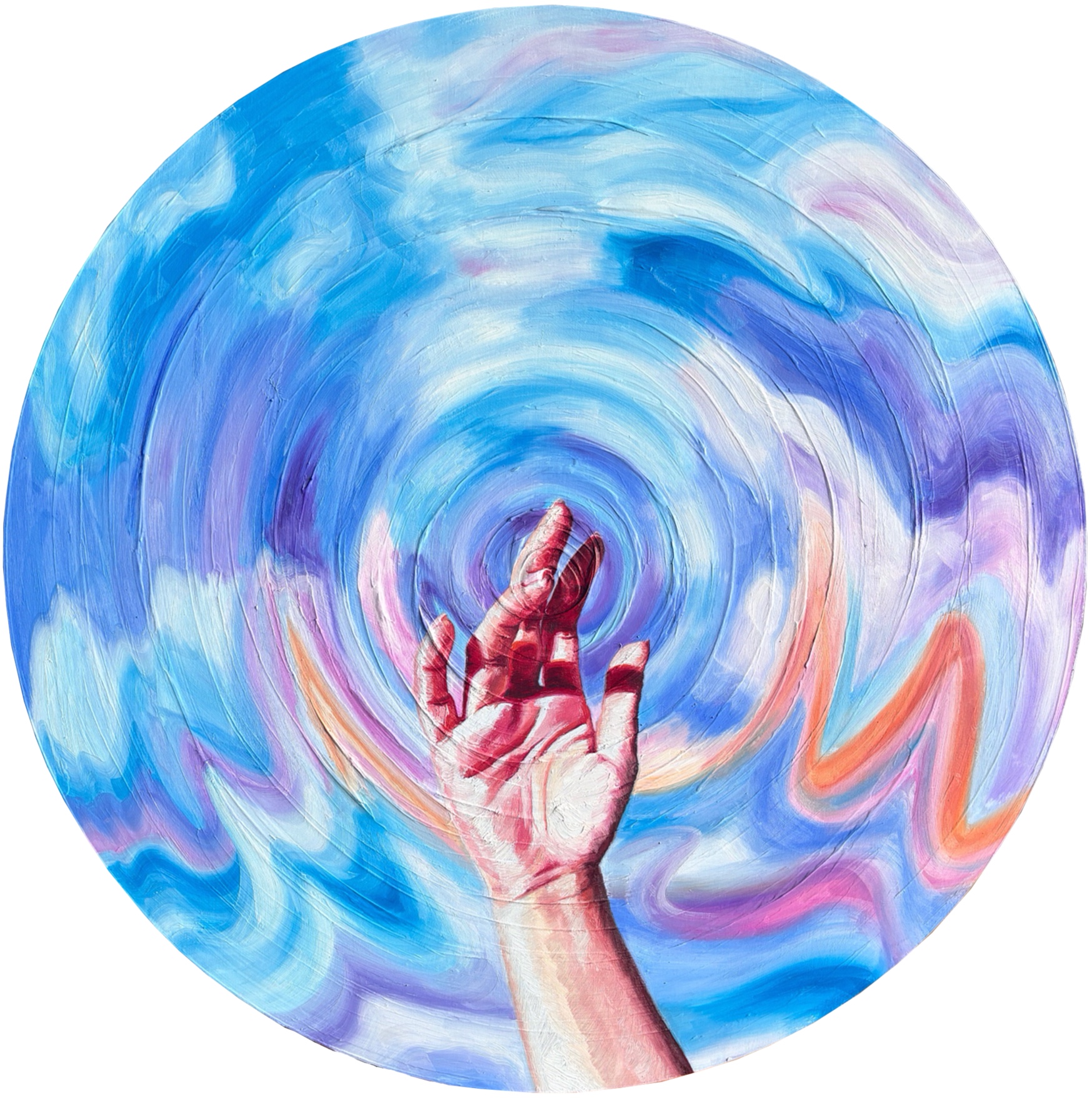Today we’d like to introduce you to Ainsley L. Guzman Jason
Hi Ainsley L., so excited to have you with us today. What can you tell us about your story?
I always loved to draw and make things as a kid. When I was 12 years old, I became obsessed with sketching portraits. The most easily available reference photos of faces that I had at the time were the models from my mom’s hairstyle magazine collection. I loved their attitudes and dramatic glamorous looks. So I would lock myself in my room, put on my favorite Green Day CD’s, and practice sketching these hair models.
Fast forward to 2017 when I graduated from University with a degree in Fine Arts. I had ambition to become a professional artist but I had no idea how to make that dream a reality, despite having years of education. For the years after graduation, I was fixated on one specific goal: making money from my art so that I could eventually have a stable career. Gradually, I was able to take on commissions from friends, and then from my own Instagram following, and I made a small business selling custom wearable art such as hand-painted sneakers and jackets. When the pandemic hit, I was fortunate enough to stay home and create my commissions full time.
Even though I had achieved my goal of monetizing my creativity, I knew that I wasn’t doing what I really wanted to, which was to express myself free from any client input. I then made the bold decision to completely quit doing commissions, get a job, and begin painting in my own style. After producing a body of work and networking in my city’s art scene, I was accepted into my first art shows and sold my own paintings for the first time.
Would you say it’s been a smooth road, and if not what are some of the biggest challenges you’ve faced along the way?
One of the greatest challenges about being a creative person is the conflict between making art for your own satisfaction and wanting to be successful. As creatives, we live complex internal lives. We experience life with a heightened sensitivity and interpret reality differently than others. This gives us the need to express ourselves through abstract mediums such as music or visual art because words cannot describe the mysterious feelings we have. And so because of the need to express oneself creatively, it is not only important for the artist to have an outlet, but it is also important to be seen or heard by others so that we feel connected and understood by the world. This means that on some level, artists have a valid desire to make an impact with their art so that their creativity is in conversation with others and is not just lost to the void.
However, this artistic need for self-expression through art is often in conflict with our desires for success. Once I start focusing on how others will like my work instead of how I like my work, I’m no longer being authentic, and it defeats the purpose of creating in the first place. I’ve learned this the hard way. When I was first attempting to have my work seen by an audience after graduating from art school, the fear of the real possibility that I would never “make it” as an artist was crippling to my mental health. The reality for most artists is that it takes years of trying and failing before receiving any positive feedback. I found myself on an emotional roller coaster— like cycles of ups and downs oscillating between being optimistic about new directions in my artistic pursuits, and then falling into depression at my apparent wasted efforts and the hopelessness of achieving my dreams.
While I still struggle with this today despite seeing success, I have learned over time to be ruthlessly devoted and faithful to my practice regardless of the outcomes. I have had to divorce my self-worth and happiness from my career completely, and stay true to the truth that I will always make art because it’s the right thing to do for my soul. For me, journaling and regular reminders affirm this realization so that I can move forward. Compartmentalizing the business aspect of being an artist from the creative process is crucial because, while both are required to be successful, they are opposite roles to inhabit. When it comes to my art now, I focus first and foremost on whether I like it, and whether it is expressing something authentic about myself.
This whole experience has informed the themes in my paintings because I believe that many others also struggle with feeling unworthy, needing to be heard, feeling like their dreams are impossible, and that they are insignificant in the universe. Now, I’m forever going to be motivated to uplift and inspire people to find their own internal strength and cultivate hope for a good life.
Can you tell our readers more about what you do and what you think sets you apart from others?
I describe myself as a visual artist and muralist. I create portrait paintings that depict existential and spiritual emotions. What sets me apart from other artists is the bittersweet themes in my work. Many other artists either express simply beautiful imagery like landscapes, or cynical pieces that critique culture and society. What inspires me is the human capacity to endure emotional pain and suffering, and then transform through that pain to become a stronger person. This kind of existential transformation is deeply spiritual. That’s why although many of my paintings depict suffering, there is always a glimmer of hope.
I truly believe that it’s bold in this day and age to communicate themes of spirituality and overcoming existentialism in the face of nihilism and postmodern skepticism. While I don’t subscribe to any type of religion or new age doctrines, I find myself in conflict with the secular belief that science alone can explain our conscious existence, and that vague morals of “just be a good person” are sufficient to living a good life. I believe that people in our modern society — and especially the younger generations — are craving a deeper meaning to our lives. My personal experience of undergoing depression periodically and learning to listen to my intuition during those times have given me deep realizations about my purpose in life. My goal as an artist is to inspire people to look inwards for direction and meaning, and to feel the full spectrum of their emotions even when it’s difficult, and that through that pain one can always find hope and connection to the world.
We’d love to hear about any fond memories you have from when you were growing up?
Some of my favorite memories include building things with my Dad. We would build playhouses, forts, elaborate ramps for marble runs and other such things. We didn’t need anything special or fancy to have fun, just some cardboard boxes and tape would do. I think that this taught me that I could make anything as long as I had the creativity and patience to execute my vision. I get my creativity from my Dad, although he wasn’t fortunate enough to be able to devote his time to his passion for art. I’m very grateful for him.
Contact Info:
- Website: https://www.ainsleyguzmanjason.com/
- Instagram: https://www.instagram.com/ainsleyguzmanjason/
- Other: https://www.tiktok.com/@ainsleyguzmanjason

